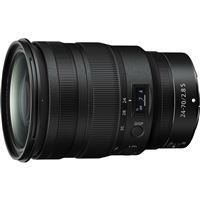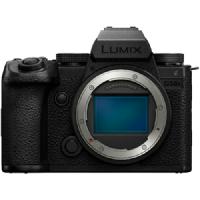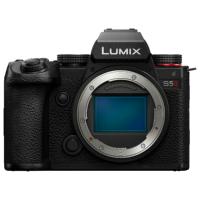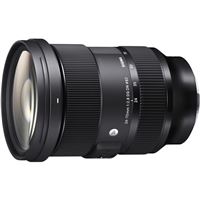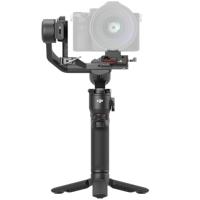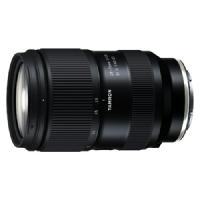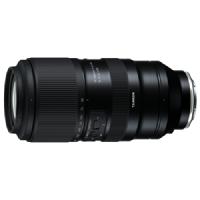Twelve Animal Photography Tips
“Which one of my photographs is my favourite? The one I am going to take tomorrow." That's a quote by Imogen Cunningham.
The quote is recognisable to many. A truly motivated photographer is always thinking of their next photo. It'll be different, better, more insightful, sharper, more adventurous, and so on.
With a few photographers' help, the Kamera Express team has formulated 12 tips to inspire you for your next animal photo. But before we get started, just to reiterate: practice as much as you can.
Every photographer will tell you the same: 'Practice makes perfect', 'trial and error', 'just get started', or 'try and try again'. So, get cracking!
















